Name Moshe Feldenkrais | Role Physicist | |
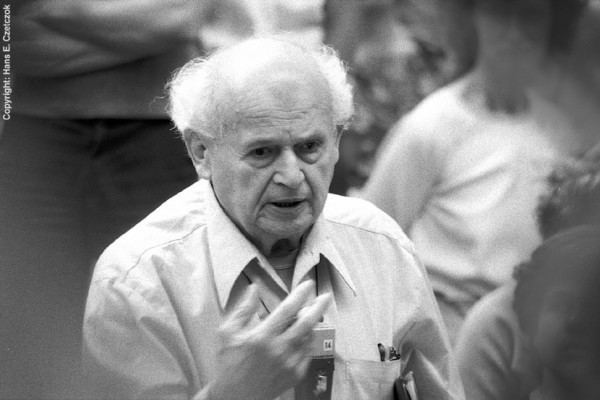 | ||
Known for Founding the Feldenkrais method Parents Avraham Leib Feldenkrais, Sheindel Feldenkrais Books Awareness Through Movemen, The elusive obvious or basic Fel, The Master Moves, Body and mature behaviour, The Case of Nora: Body Aw Similar People Hugo Bergmann, George Gurdjieff, Peter Brook, Osho, Colin Wilson | ||
Dr norman doidge interview excerpt on moshe feldenkrais
Moshé Pinchas Feldenkrais (Hebrew: משה פנחס פלדנקרייז, May 6, 1904 – July 1, 1984) was an Israeli engineer and the founder of the Feldenkrais Method, which is claimed to improve human functioning by increasing self-awareness through movement; it is not supported by medical evidence.
Contents
- Dr norman doidge interview excerpt on moshe feldenkrais
- Moshe feldenkrais two parts of the feldenkrais method r
- Life
- Feldenkrais method
- Books about the Feldenkrais Method
- Books about Jiujitsu and Judo
- Articles and transcribed lectures
- References
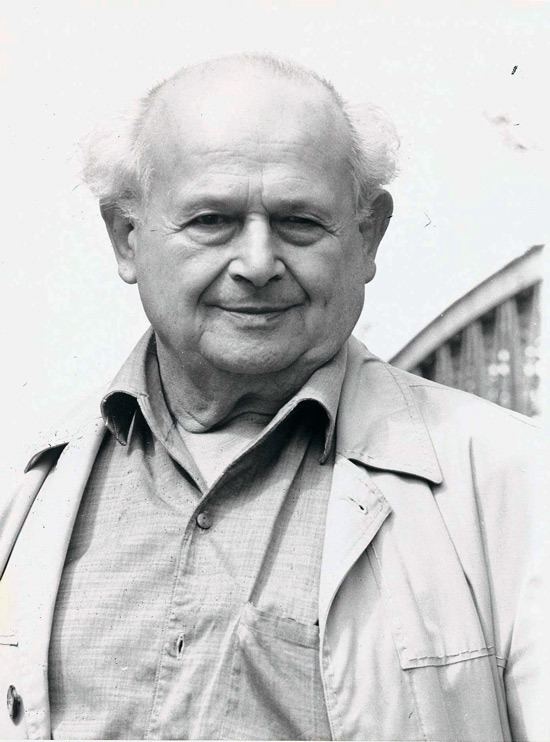
Feldenkrais' theory is that "thought, feeling, perception and movement are closely interrelated and influence each other."
Moshe feldenkrais two parts of the feldenkrais method r
Life
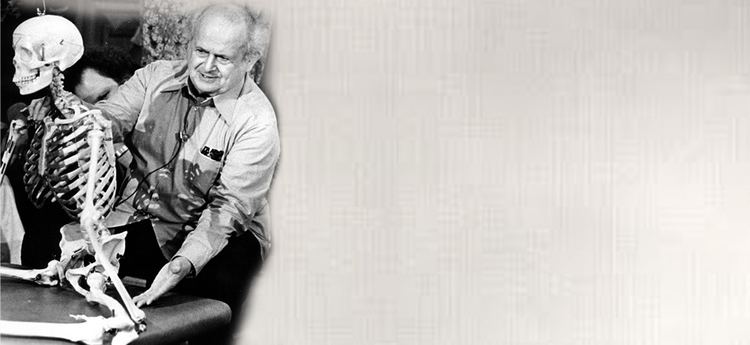
He was born in the Russian Empire city of Slavuta (now in Ukraine) and grew up in Baranovichi, Belarus. In 1918, he immigrated to Palestine. He worked as a laborer and obtained his high school diploma from Gymnasia Herzliya in 1925. After graduation, he worked as a cartographer for the British survey office and began to study self-defense, including Ju-Jitsu. A soccer injury in 1929 promoted the development of his method in later years.

During the 1930s, he lived in France, where he earned his engineering degree from the École Spéciale des Travaux Publics and, later, his Doctor of Science in engineering at the University of Paris, where Marie Curie was one of his teachers.

He worked as a research assistant to nuclear chemist and Nobel Prize laureate Frédéric Joliot-Curie at the Radium Institute. In September 1933, he met Jigoro Kano, the founder of judo in Paris. Kano encouraged him to study Judo under Mikinosuke Kawaishi. Feldenkrais became a close friend of Kano and corresponded with him regularly. In 1936, he earned a black belt in judo, and later gained his 2nd degree black belt in 1938. He was a co-founding member of the Ju-Jitsu Club de France, one of the oldest Judo clubs in Europe, which still exists today. Frédéric and Irène Joliot-Curie and Bertrand Goldschmidt took Judo lessons from him during their time together at the institute.
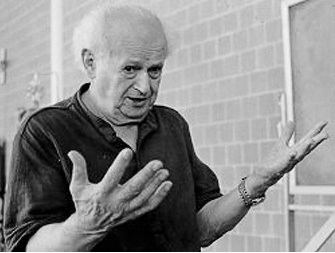
On the eve of the Nazi invasion of France in 1940, Feldenkrais fled to Britain with a jar of heavy water and a sheaf of research material, with instructions to deliver them to the British Admiralty War Office. Until 1946, he was a science officer in the Admiralty working on anti-submarine weaponry in Fairlie, Scotland. His work on improving sonar led to several patents. He also taught self-defense techniques to his fellow servicemen. On slippery submarine decks, he re-aggravated an old soccer knee injury. Refusing an operation, he was prompted to intently explore and develop self-rehabilitation and awareness techniques by self-observation that later evolved into the method. His discoveries led him to begin sharing with others (including colleague J. D. Bernal) through lectures, experimental classes, and one-on-one work with a few.
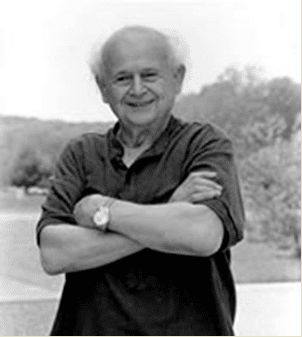
After leaving the Admiralty, he lived and worked in private industry in London. His self-rehabilitation enabled him to continue his judo practice. From his position on the International Judo Committee, he began to study judo scientifically, incorporating the knowledge that he had gained by self-rehabilitation. In 1949, he published the first book on his method, Body and Mature Behavior: A Study of Anxiety, Sex, Gravitation and Learning. He studied the work of Gurdjieff, F. Matthias Alexander, Elsa Gindler and William Bates. He also traveled to Switzerland to study with Heinrich Jacoby.

In 1951, he returned to Israel. In 1954, after directing the IDF Department of Electronics for several years, he settled in Tel Aviv and began to teach his method full-time. In 1957, he met Mia Segal, who became his assistant and worked with him for thirty years. He also became the personal trainer of David Ben-Gurion, the Prime Minister of Israel, whom he taught to stand on his head in a yoga pose.
Throughout the 1960s, 1970s, and the 1980, he presented his method in Europe and in North America (including an Awareness Through Movement program for human potential trainers at Esalen Institute in 1972). He trained the first group of 13 teachers in the method from 1969 to 1971 in Tel Aviv. Over the course of four summers, from 1975 to 1978, he trained 65 teachers in San Francisco at Lone Mountain College under the auspices of the Humanistic Psychology Institute. In 1980, 235 students began his summer teacher-training course at Hampshire College in Amherst, Massachusetts. After becoming ill in the fall of 1981, after teaching two of the planned four summers, he stopped teaching publicly.
Feldenkrais method
The Feldenkrais is intended to teach better posture and improve quality of life, by means of instruction and gentle manipulation of the body.
In 2015 the Australian Government's Department of Health published the results of a review of alternative therapies that sought to determine if any were suitable for being covered by health insurance; the Feldenkrais Method was one of 17 therapies evaluated for which no clear evidence of effectiveness was found. The report notes that there is "a paucity of evidence regarding the effectiveness of Feldenkrais for the improvement of health outcomes for any clinical condition".
